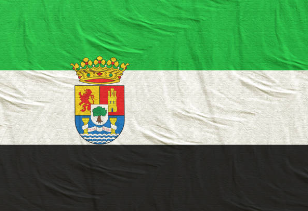
-
Discovering Extremadura: Spain’s Hidden Gem
Located in the southwest of Spain, Extremadura is a region rich in history, natural beauty, and cultural heritage. Often overlooked by tourists, this unspoiled area offers a glimpse into Spain’s past and provides a tranquil escape from the hustle and bustle of more popular destinations. In this article, we’ll explore Extremadura’s geography, historical significance, attractions, and cuisine, while adhering to SEO best practices for easy readability.
-
Geography and Climate
Extremadura is bordered by Portugal to the west and is divided into two provinces: Cáceres in the north and Badajoz in the south. The region is known for its vast plains, mountain ranges such as the Sierra de Gredos and Sierra Morena, and rivers like the Guadiana and Tagus. It enjoys a Mediterranean climate, with hot summers and mild winters, making it an ideal destination year-round.
-
Historical Significance
Extremadura has played a crucial role in Spain’s history. It was the homeland of several famous Spanish conquistadors, including Hernán Cortés, who led the expedition that caused the fall of the Aztec Empire, and Francisco Pizarro, who conquered the Inca Empire. The wealth brought back by these explorers is still evident in the grand churches and palaces found throughout the region.
-
Top Attractions in Extremadura
- Mérida: Once the capital of the Roman province of Lusitania, Mérida is home to some of Spain’s best-preserved Roman ruins. Key sites include the Roman Theatre, Amphitheatre, and the Temple of Diana. Mérida’s archaeological treasures have earned it a place on the UNESCO World Heritage list.
- Cáceres: This medieval city offers visitors a step back in time with its well-preserved old town, a mix of Roman, Islamic, and Gothic architecture. The Plaza Mayor is a perfect starting point to explore Cáceres’ cobbled streets and ancient towers.
- Monfragüe National Park: A paradise for nature lovers and birdwatchers, Monfragüe National Park is home to a variety of wildlife, including the endangered Iberian lynx and large populations of vultures and eagles. Its dramatic landscapes of cliffs, rivers, and forests make it a must-visit for those who enjoy hiking and outdoor activities.
- Guadalupe Monastery: Located in the town of Guadalupe, this stunning Gothic and Mudéjar-style monastery is another UNESCO World Heritage Site. It houses important religious artifacts and is considered a symbol of Spain’s religious history.
- Trujillo: This small town is famous for its impressive Plaza Mayor and the statue of Francisco Pizarro. Its medieval walls, castles, and palaces reflect the wealth brought back from the New World. Trujillo’s annual Cheese Festival is a major attraction for food lovers.
-
Cuisine of Extremadura
The cuisine of Extremadura is simple yet full of flavor, largely based on local ingredients. One of its most famous products is Jamón Ibérico, a type of cured ham made from free-range Iberian pigs fed on acorns. The town of Montánchez is particularly known for producing high-quality jamón.
Another popular dish is Migas, a hearty meal made from breadcrumbs, garlic, and pork, typically served with fried eggs and chorizo. Torta del Casar, a creamy cheese made from sheep’s milk, is another local specialty that shouldn’t be missed.
Extremadura’s cuisine also includes plenty of fresh vegetables, such as peppers and tomatoes, which are often used in stews like caldereta—a rich lamb stew traditionally eaten by shepherds. The region’s wines, particularly Ribera del Guadiana, are gaining recognition for their quality.
-
Festivals and Traditions
Extremadura hosts several traditional festivals that reflect its rich cultural heritage. Semana Santa (Holy Week) in cities like Cáceres and Mérida is a major religious event featuring solemn processions through the streets. The Romería de la Virgen de la Montaña, a pilgrimage held in Cáceres, is another important celebration, where locals honor the Virgin Mary by carrying her statue from the mountains to the city.
In Trujillo, the annual National Cheese Fair is one of the largest events of its kind in Spain. It attracts cheese lovers from all over the country and beyond to sample and buy a wide variety of regional cheeses.
-
Conclusion
Extremadura is a region that offers a unique blend of history, culture, and natural beauty. Whether you’re exploring the Roman ruins of Mérida, hiking through Monfragüe National Park, or tasting the world-famous Jamón Ibérico, Extremadura provides an authentic Spanish experience. Its untouched landscapes and rich traditions make it a perfect destination for travelers seeking something off the beaten path. Plan your visit to discover the hidden treasures of Extremadura.
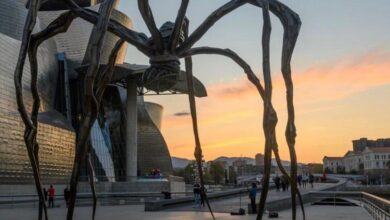


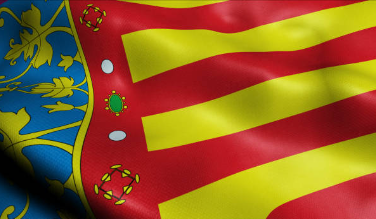
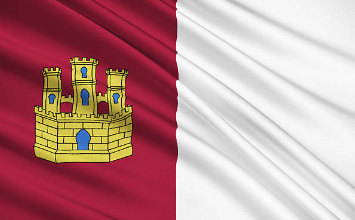
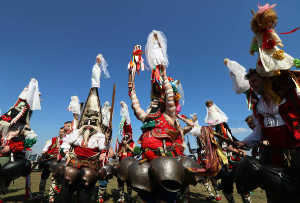
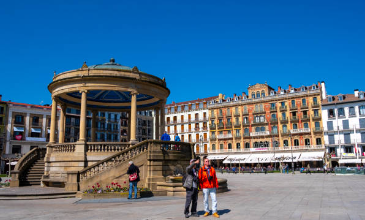
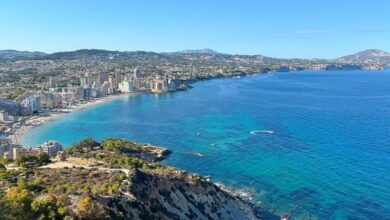
One Comment